Searching for the secrets behind the Little Red Dots.
, NASA’s most powerful telescope, have found a class of galaxies that challenges even the most skillful creatures in mimicry – like the. This creature can impersonate other marine animals to avoid predators. Need to be a flatfish? No problem. A sea snake? Easy.
As the ultimate masters of disguise, the Little Red Dots appear as different astrophysical objects, depending on whether astronomers choose to study them using X-rays, emission lines or something else. This packed room is what the core of the densest Little Red Dots would feel like. These astrophysical objects may be thein their center. Astronomers can tell whether there’s a black hole in the galaxy by looking at large emission lines in their spectra, created by gas around the black hole swirling at high speed.
With more observations and theoretical modeling, astronomers are starting to come up with some possible solutions. Maybe the Little Red Dots are composed only of stars, but these stars are– black holes lurk at the cores of these Little Red Dots. If that’s the case, two models can explain the lack of X-ray emissions.emitted from the black hole’s center. Second, the black hole could be pulling in gas much faster than usual.
United States Latest News, United States Headlines
Similar News:You can also read news stories similar to this one that we have collected from other news sources.
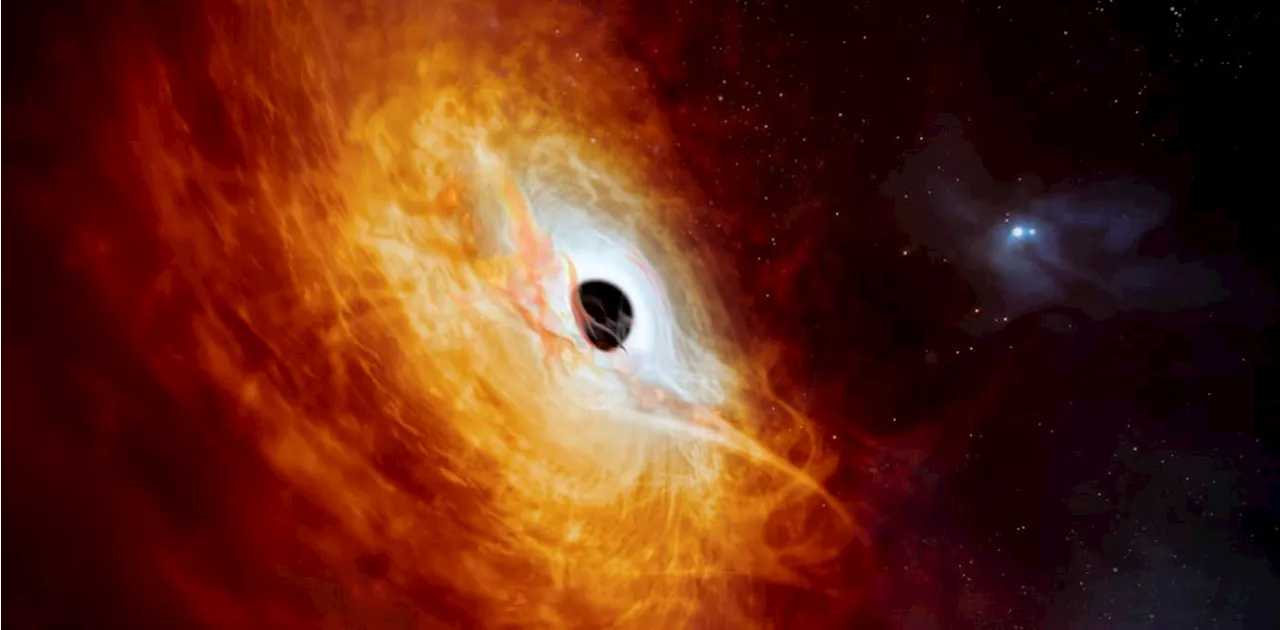 Hidden, compact galaxies in the distant universe—searching for the secrets behind the little red dotsAstronomers exploring the faraway universe with the James Webb Space Telescope, NASA's most powerful telescope, have found a class of galaxies that challenges even the most skillful creatures in mimicry—like the mimic octopus. This creature can impersonate other marine animals to avoid predators. Need to be a flatfish? No problem.
Hidden, compact galaxies in the distant universe—searching for the secrets behind the little red dotsAstronomers exploring the faraway universe with the James Webb Space Telescope, NASA's most powerful telescope, have found a class of galaxies that challenges even the most skillful creatures in mimicry—like the mimic octopus. This creature can impersonate other marine animals to avoid predators. Need to be a flatfish? No problem.
Read more »
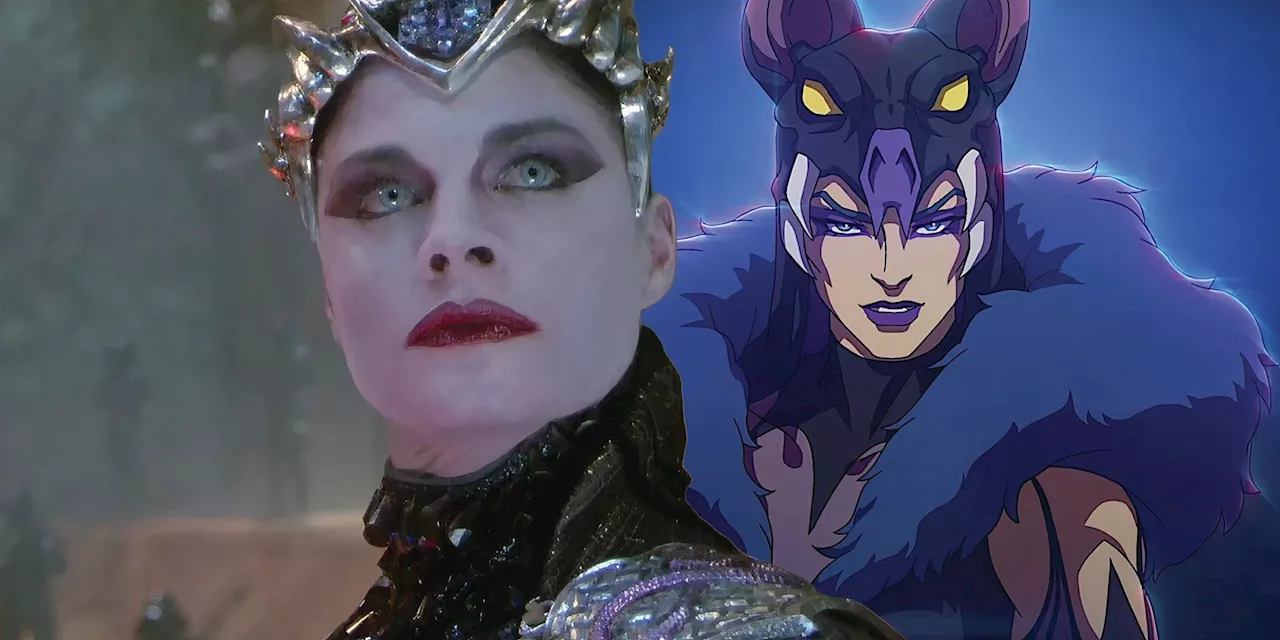 Live-Action Masters Of The Universe Movie Casts Key Villain Evil-LynEvil-Lyn in 1987 Masters of the Universe and Masters of the Universe Revelation
Live-Action Masters Of The Universe Movie Casts Key Villain Evil-LynEvil-Lyn in 1987 Masters of the Universe and Masters of the Universe Revelation
Read more »
 Galaxies in dense environments tend to be larger, settling one cosmic question and raising othersA new study has found galaxies with more neighbors tend to be larger than their counterparts that have a similar shape and mass, but reside in less dense environments.
Galaxies in dense environments tend to be larger, settling one cosmic question and raising othersA new study has found galaxies with more neighbors tend to be larger than their counterparts that have a similar shape and mass, but reside in less dense environments.
Read more »
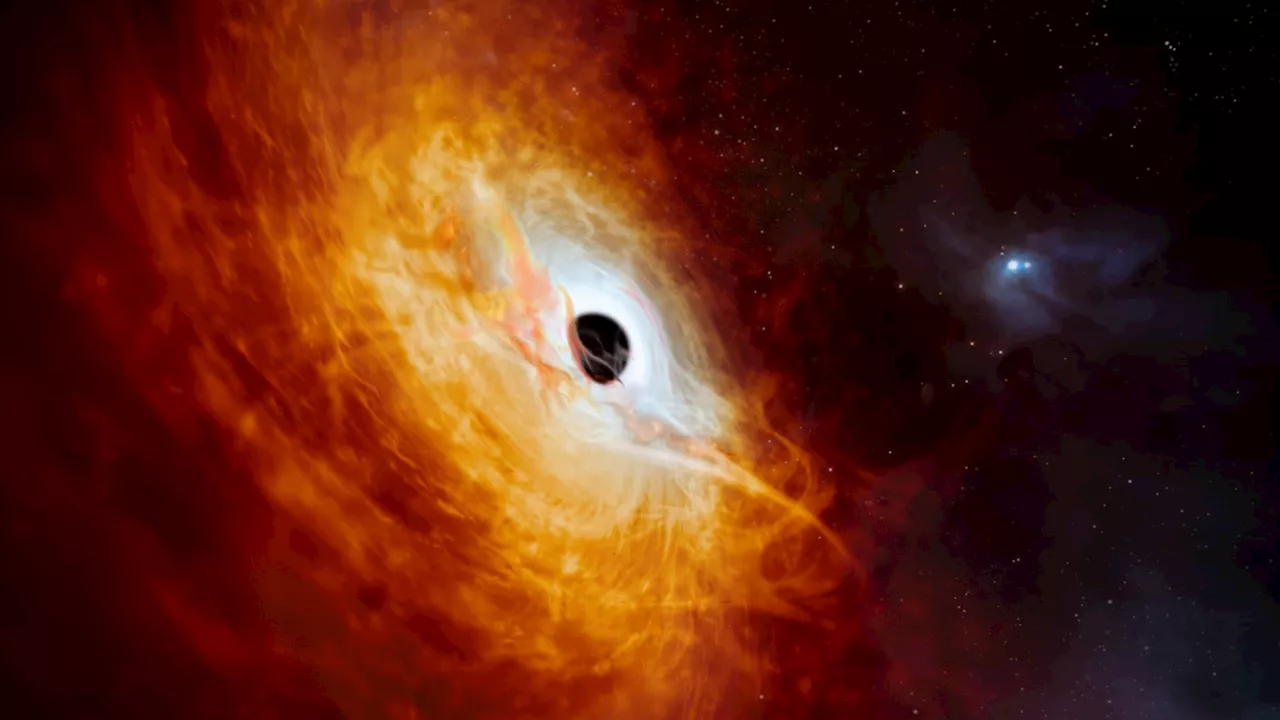 A distant quasar may be zapping all galaxies around itselfStar formation has ceased within at least 16 million light-years of the quasar. A similar phenomenon may have fried the Milky Way when it was young.
A distant quasar may be zapping all galaxies around itselfStar formation has ceased within at least 16 million light-years of the quasar. A similar phenomenon may have fried the Milky Way when it was young.
Read more »
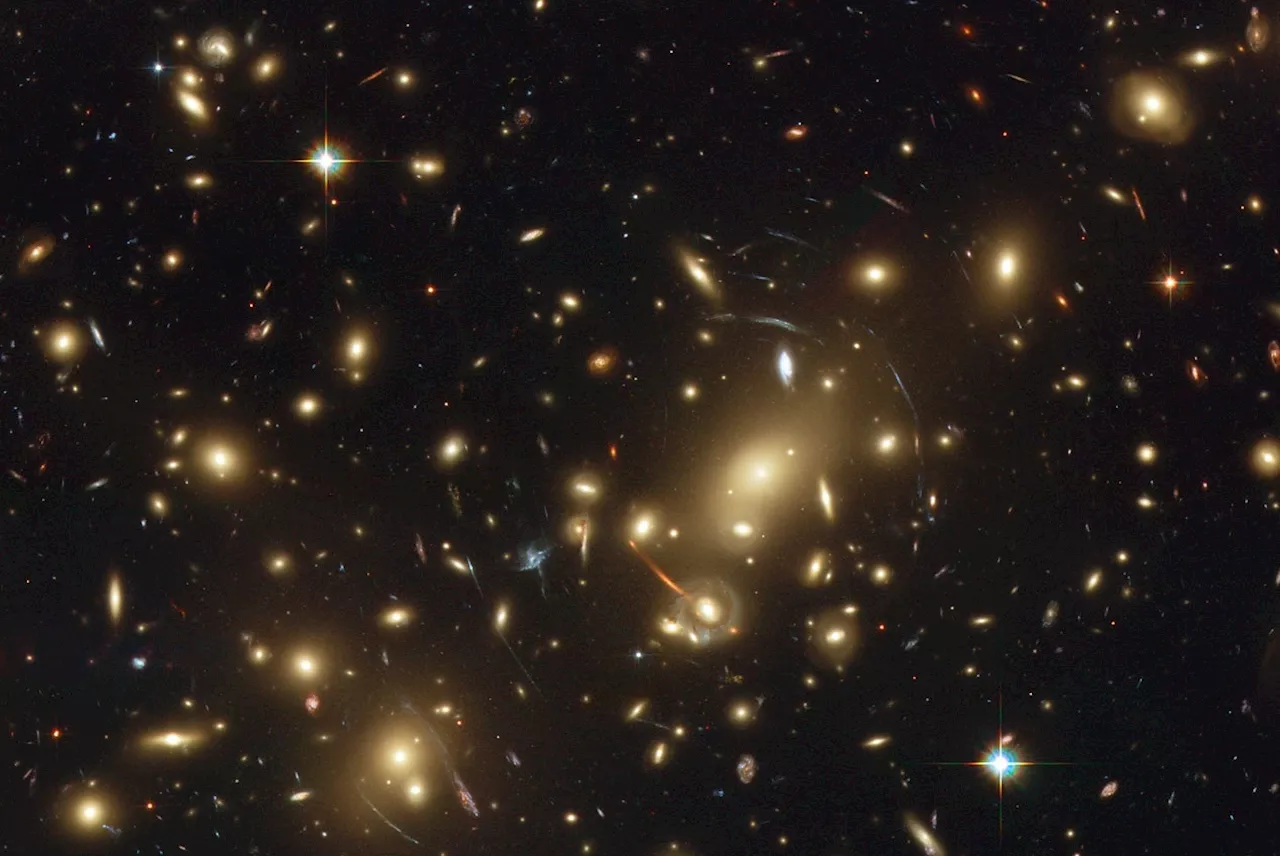 Galaxies in Dense Environments Get LargerSpace and astronomy news
Galaxies in Dense Environments Get LargerSpace and astronomy news
Read more »
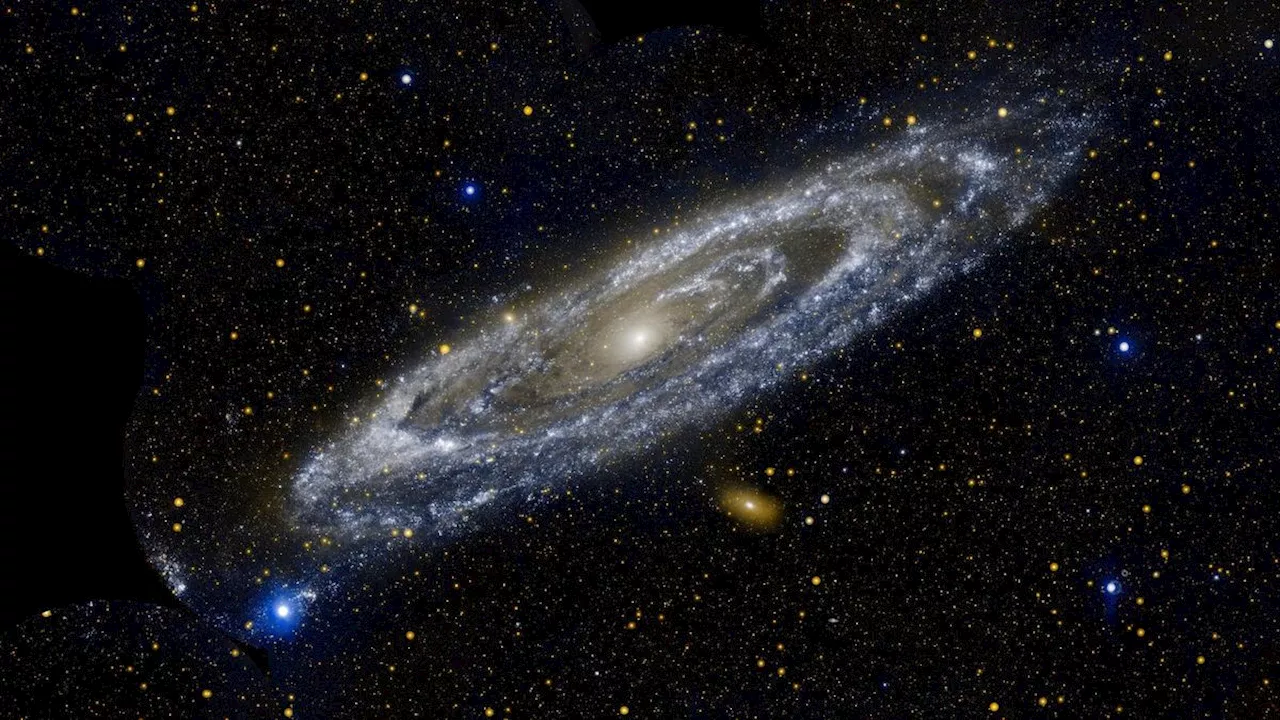 Catastrophic collision between Milky Way and Andromeda galaxies may not happen after all, new study hintsBen Turner is a U.K. based staff writer at Live Science. He covers physics and astronomy, among other topics like tech and climate change. He graduated from University College London with a degree in particle physics before training as a journalist.
Catastrophic collision between Milky Way and Andromeda galaxies may not happen after all, new study hintsBen Turner is a U.K. based staff writer at Live Science. He covers physics and astronomy, among other topics like tech and climate change. He graduated from University College London with a degree in particle physics before training as a journalist.
Read more »
